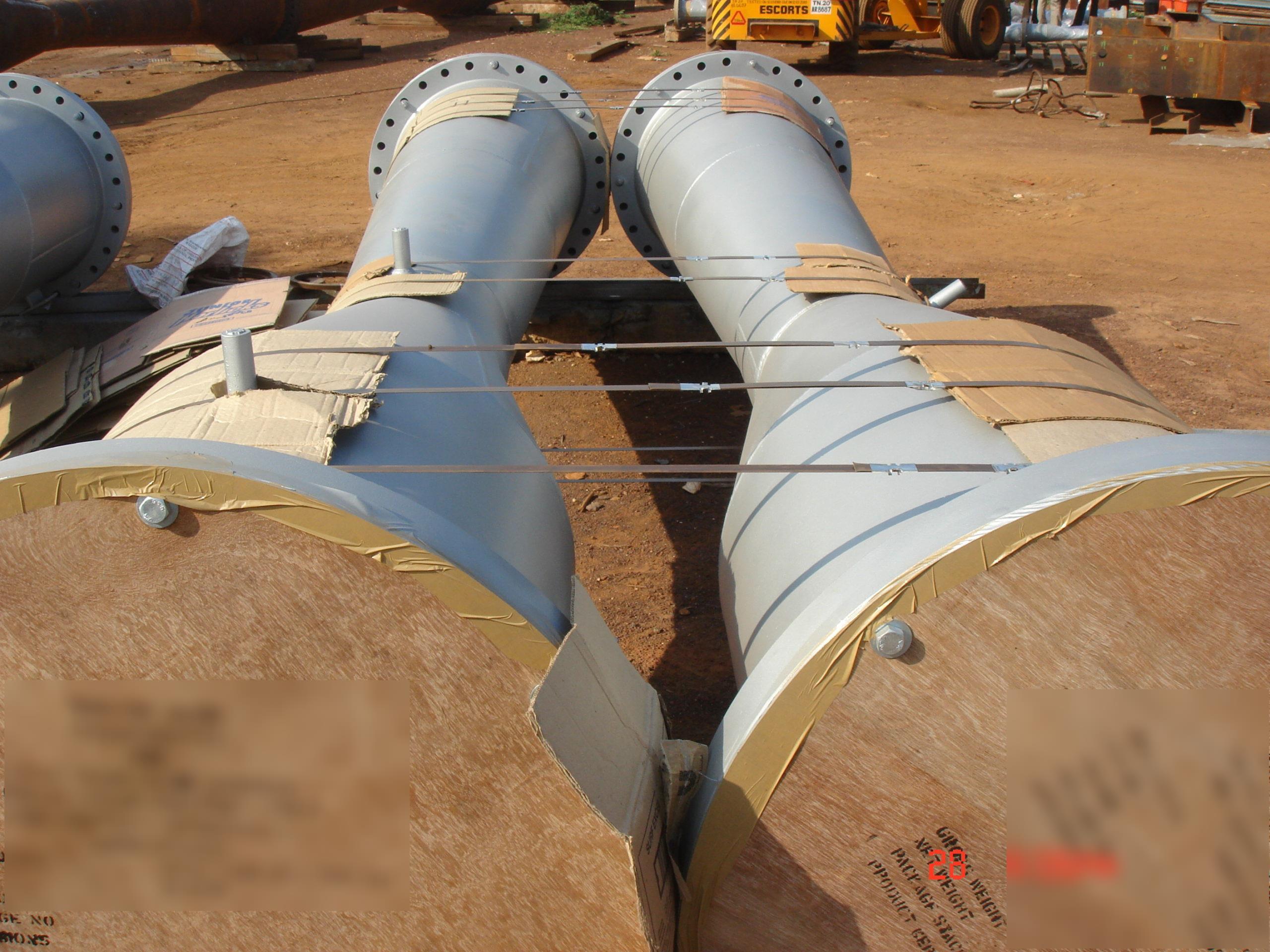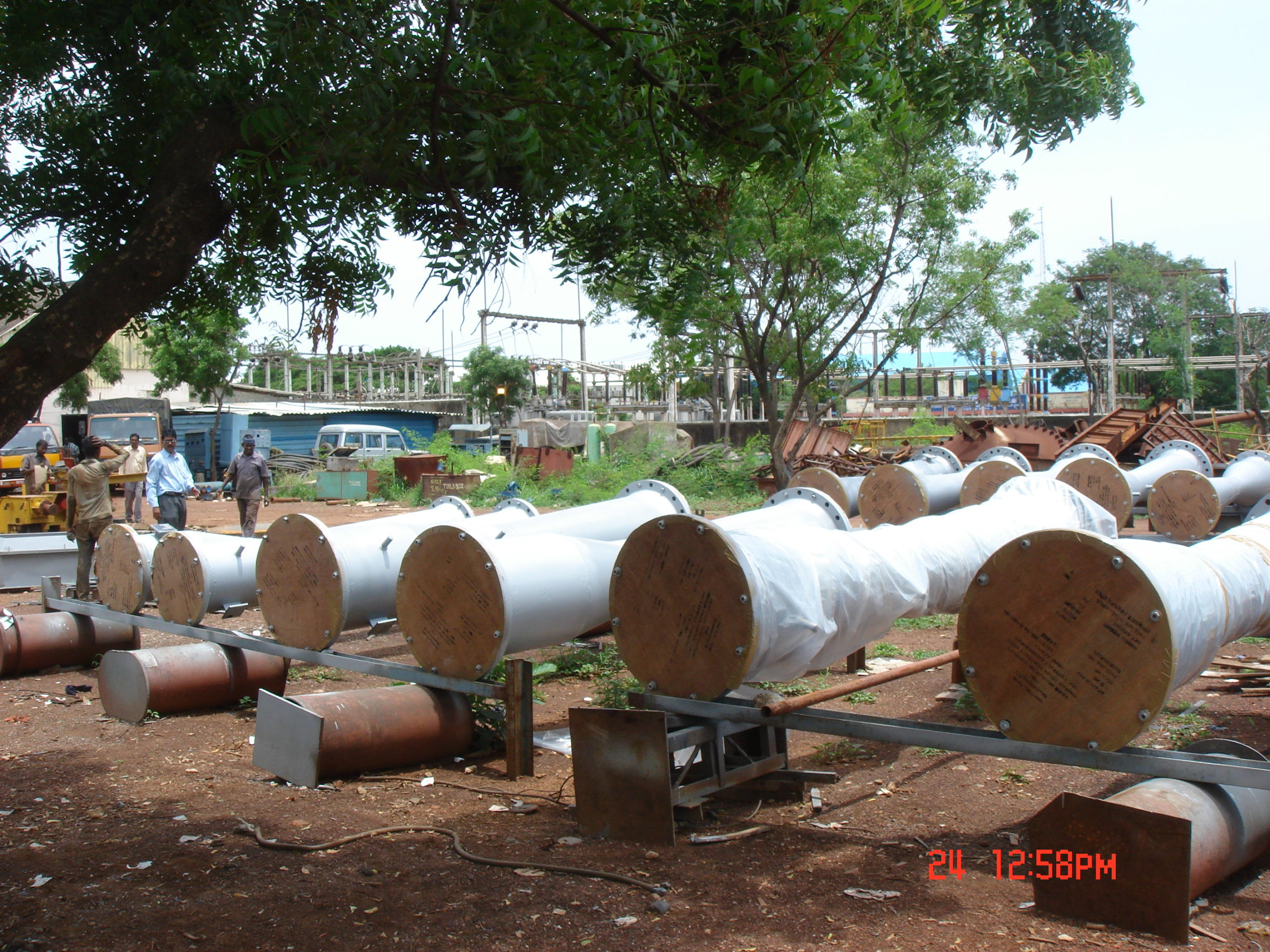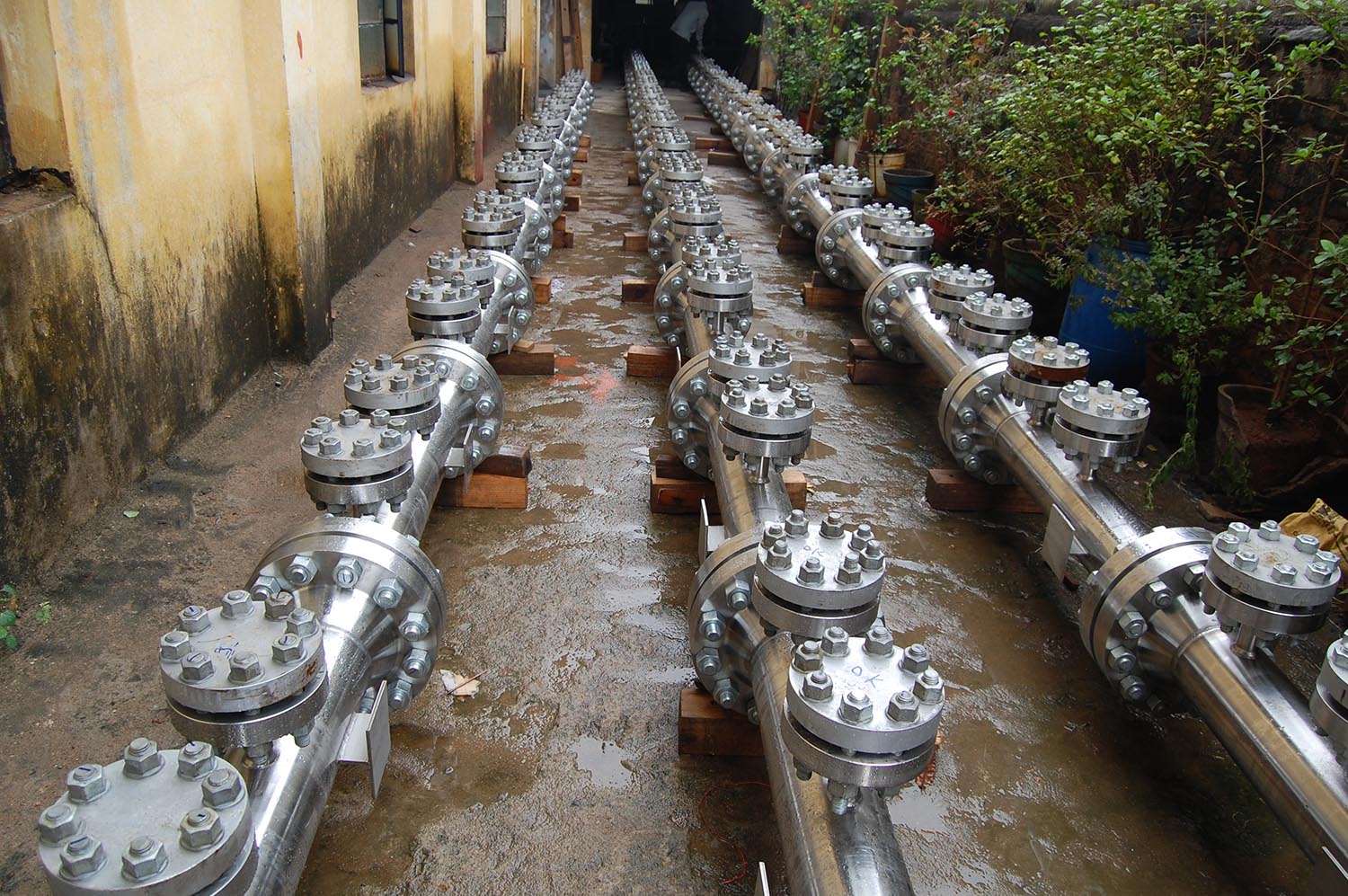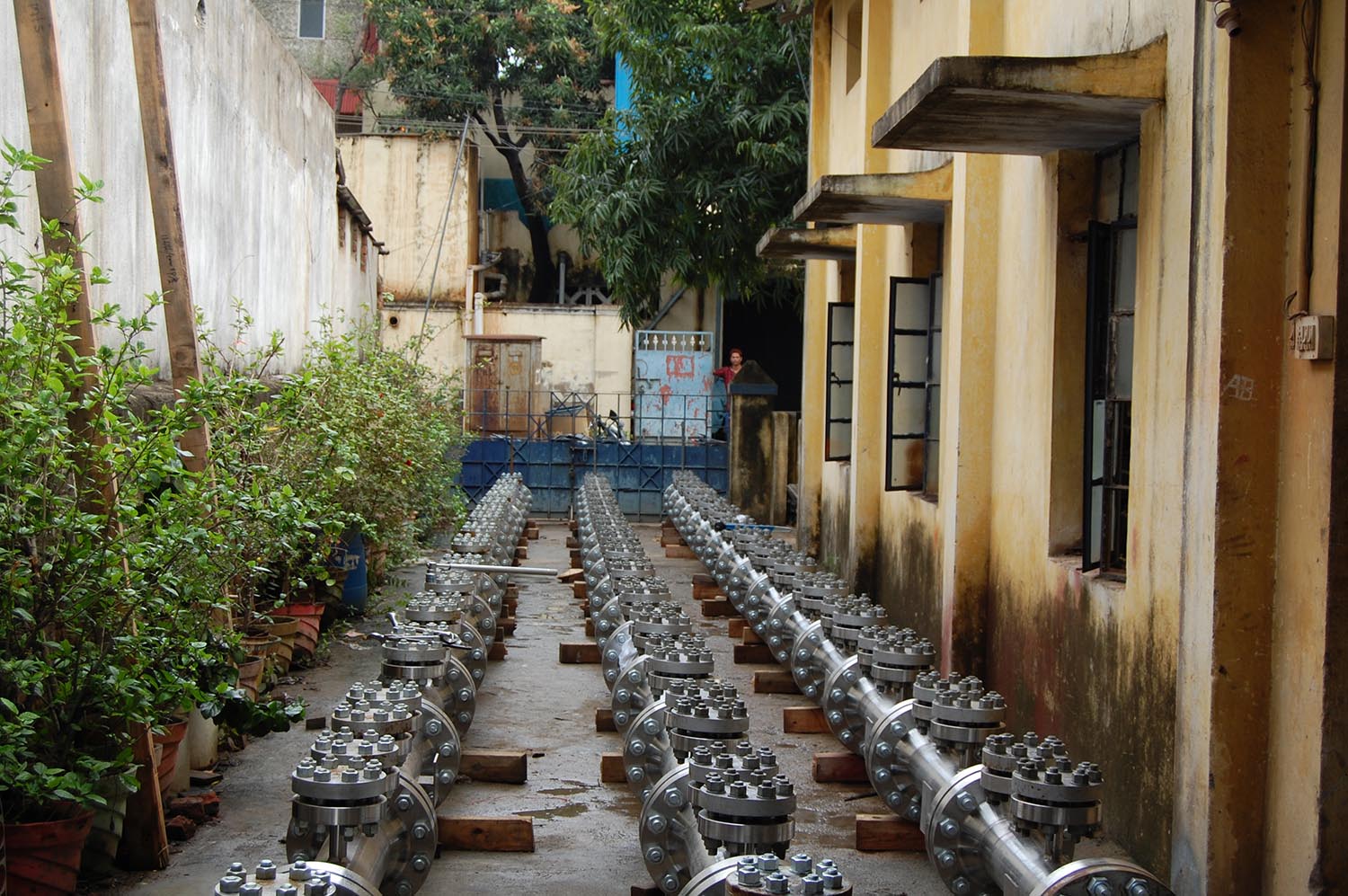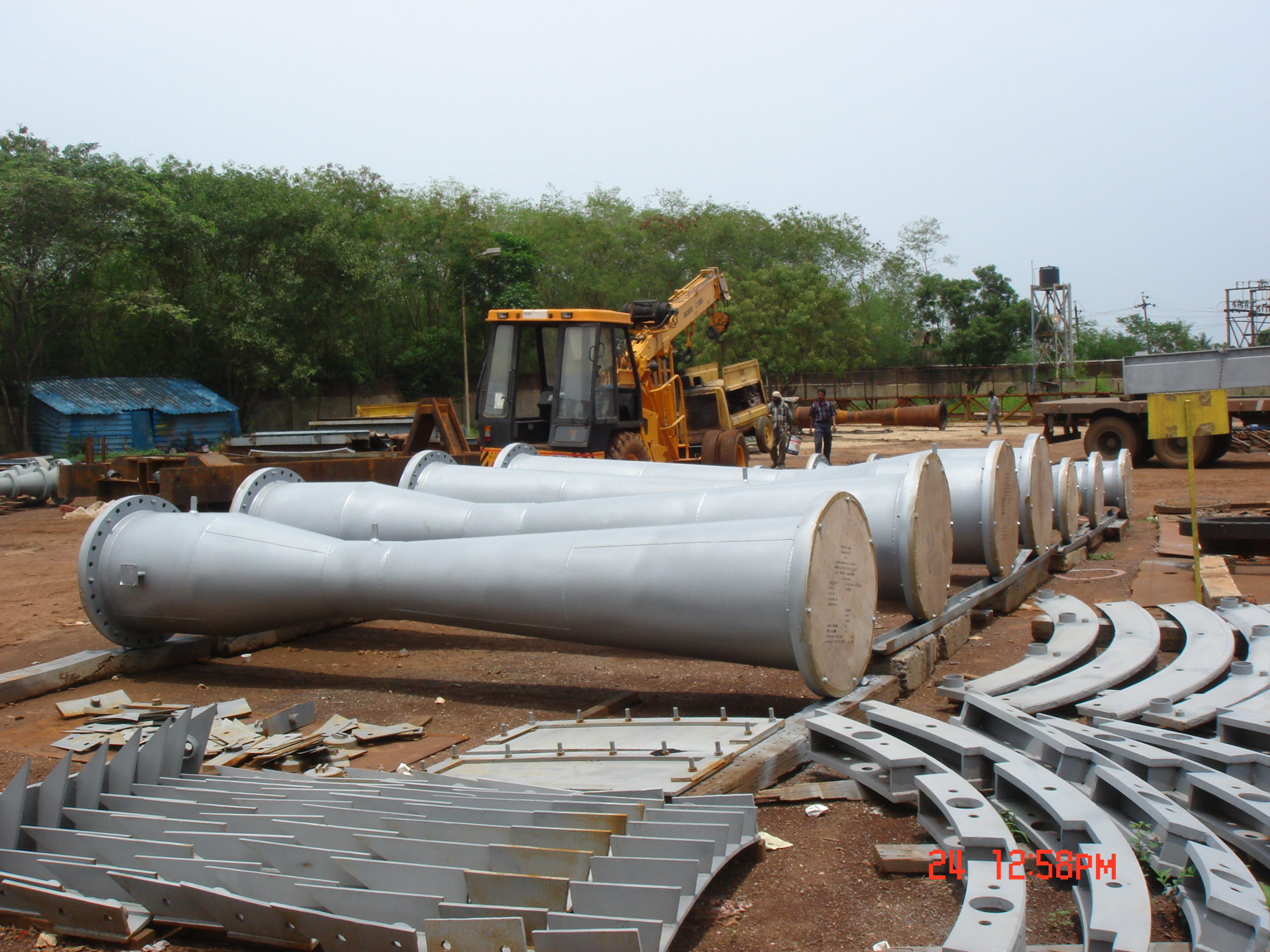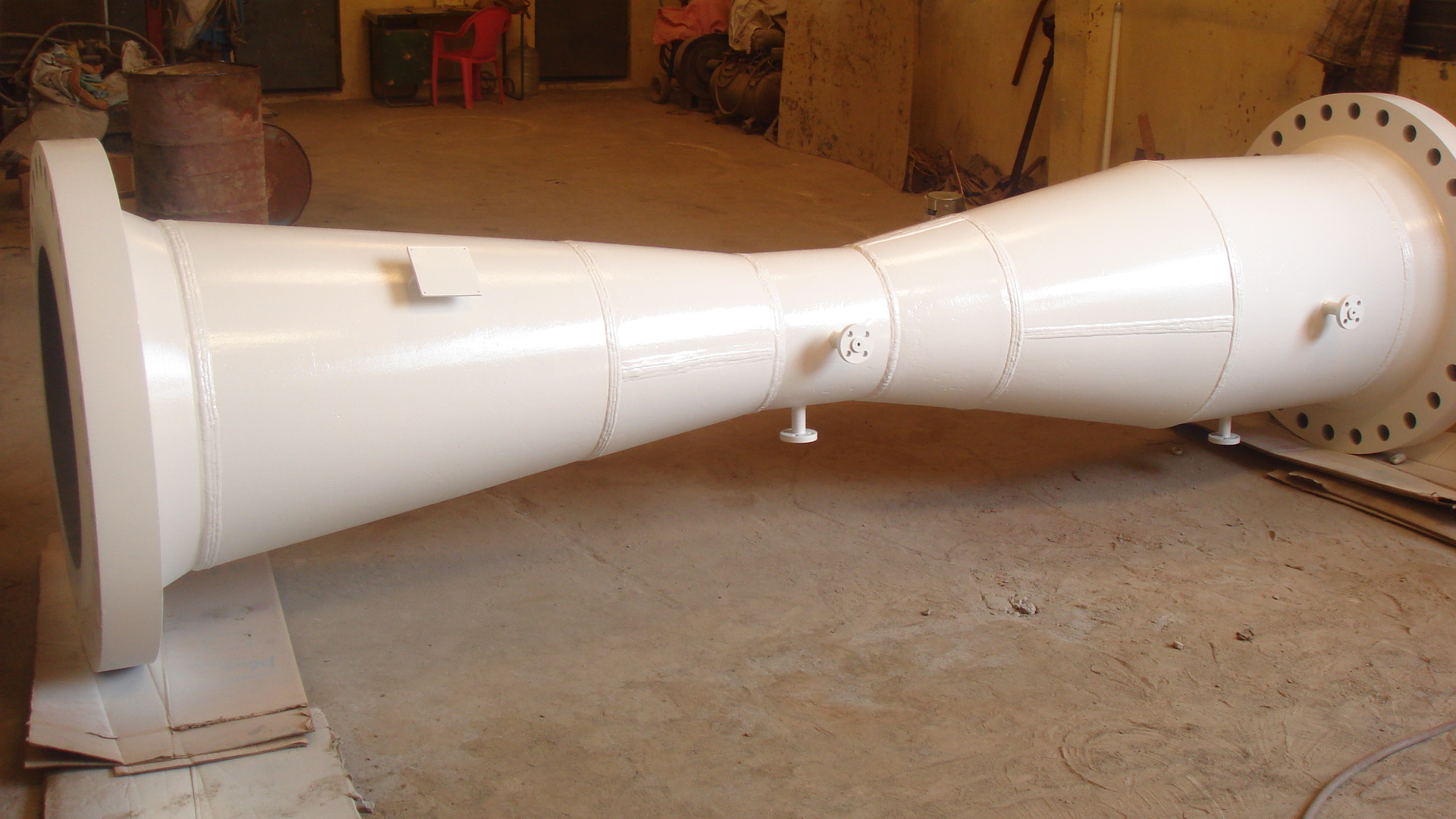Description
Venturi tubes consist of a cylindrical throat, an inlet cone and an outlet cone. While the throat section produces differential pressure, the inlet and outlet cones provide for high pressure recovery. They are offered with flanged ends or with weld ends. In the absence of obstructions, Venturi tube can handle slurries and dirty fluids and since no sharp edges or protrusions to wear, Venturis have a considerably long life. Due to this Venturi Tubes are preferred over Orifice plates and Flow Nozzles.
Permanent pressure loss is limited to 5 to 15% depending upon the selected throat diameter and typical accuracy is 1% of flow range.
Based on the calculation standard ISO 5167, we offer two types of venturi tubes which differ in their inner surface characteristics:
Machined Venturi tubes:
These are designed for small pipe diameters (2″ – 10″). Since the surface smoothness is the predominant factor for the inlet cone, they are processed with special tools and care. Forged steel is used for sizes upto 300 mm NB while Cast Iron is used for sizes upto 500 mm NB. The measuring uncertainty depends on the process conditions and varies between 1% – 4% of the flow coefficient.
Fabricated Venturi tubes: Rough-welded sheet-iron convergent section
Venturi tubes with rough-welded sheet-iron convergent section are used for larger pipe diameters (8″ – 48″). As the influence of the surface roughness is lower with large pipe diameters, this fabricated design can be used. The measuring uncertainty depends on the process conditions and amounts to approx. 1,5% – 3% of the flow coefficient.
Venturi Tubes are designed and manufactured as per ISO 5167, AGA and ASME standards.

Venturi Tube


